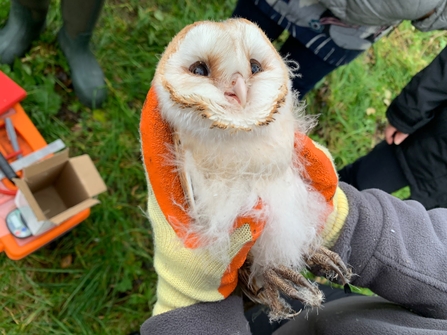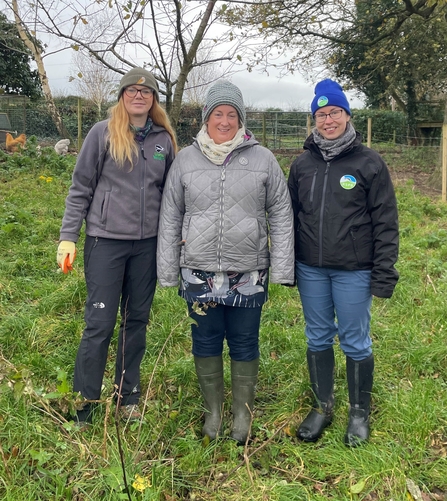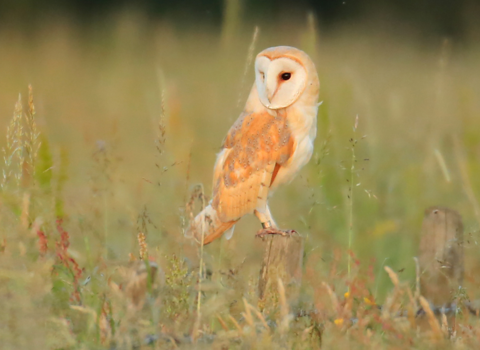The discovery of four fluffy chicks in November has surprised and shocked conservationists from Ulster Wildlife, who inspected the nest site at Ballycruttle Farm under licence from NIEA.
The chicks, which fledged in December, are one of the latest broods the local nature conservation charity has encountered in its work to protect these threatened farmland birds over the last 10 years.
In Northern Ireland, barn owl eggs are typically laid in April with chicks normally fledging in June or July, occasionally later depending on the weather, but this brood has bucked the trend.
“When Dawn, the landowner at Ballycruttle Farm, sent me an audio recording of chicks snoring and rasping in late October I couldn’t believe it, as it was so late in the season,” said Katy Bell, Senior Conservation Officer from Ulster Wildlife.
“A visit confirmed the exciting news, but our main concern was whether the chicks would survive given the extremely wet weather and floods. Barn owls struggle to hunt in wet conditions but thankfully the odds were in their favour, as small mammals were fleeing to safety providing easy prey.
“On our return a few weeks later, we were ecstatic to ring four healthy chicks alongside BTO and RSPB NI. This is the second consecutive year barn owls have bred at Ballycruttle Farm – a real testament to their wildlife-rich habitats and practices,” she added.



